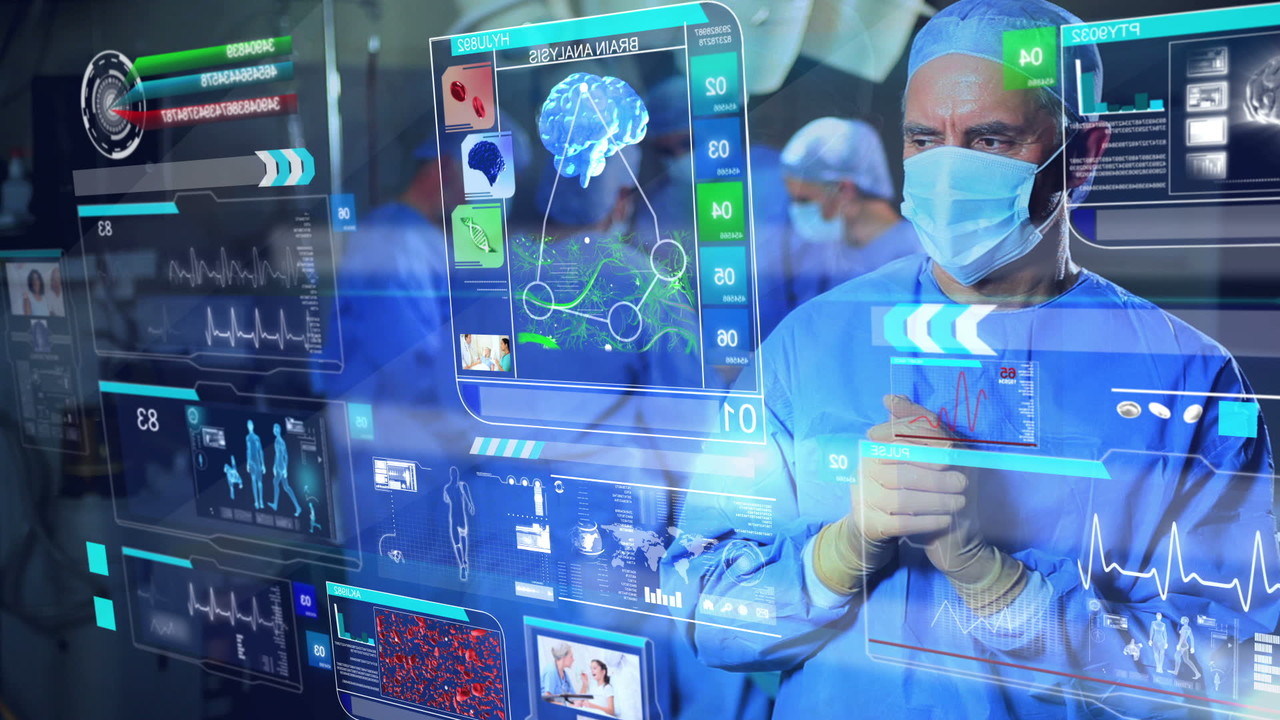Time: 2025-04-15 11:36:22View:
Field-Programmable Gate Arrays (FPGAs) are increasingly being used in medical applications due to their high-speed parallel processing, reconfigurability, and real-time performance. Below are key areas where FPGAs enhance medical technology.

FPGAs accelerate image processing in diagnostic machines, improving speed and accuracy.
MRI & CT Scans
Real-time signal processing for noise reduction and faster image reconstruction.
High-throughput data handling (e.g., parallel processing of multiple slices).
Ultrasound Imaging
Beamforming and echo signal processing for clearer images.
Low-latency processing enables real-time diagnostics.
Digital X-ray & Fluoroscopy
FPGA-based image enhancement for better contrast and detail.
FPGAs enable low-latency, high-precision monitoring for critical care.
ECG & EEG Signal Processing
Filtering noise (e.g., 50/60 Hz interference) and detecting anomalies in real time.
Used in wearable heart monitors and ICU systems.
Pulse Oximetry (SpO2 Monitoring)
Fast Fourier Transform (FFT) calculations for accurate oxygen saturation readings.
Neural Signal Processing (Brain-Machine Interfaces)
Used in prosthetic control and epilepsy prediction systems.
FPGAs provide high-speed control for precision medical robotics.
Robotic Surgery (e.g., da Vinci System)
Real-time motor control and haptic feedback for surgeons.
Safety-critical redundancy checks to prevent errors.
Laser Surgery & Radiation Therapy
Precise beam control in oncology treatments (e.g., tumor targeting).
Endoscopic & Laparoscopic Systems
Low-latency video processing for minimally invasive surgery.
FPGAs speed up DNA sequencing and biochemical analysis.
PCR Machines & DNA Sequencers
Accelerate thermal cycling control and base-pair analysis.
Used in personalized medicine and pathogen detection.
Flow Cytometry
High-speed cell sorting for cancer research and immunology.
FPGAs accelerate AI inference for medical decision-making.
Medical Image Recognition (X-ray, MRI, CT)
Faster tumor detection using CNN (Convolutional Neural Network) accelerators.
Predictive Analytics for Patient Monitoring
Early warning systems for sepsis or cardiac arrest.
✔ Parallel Processing – Faster than CPUs for real-time tasks.
✔ Reconfigurability – Can be updated for new algorithms.
✔ Low Latency – Critical for life-saving applications.
✔ Energy Efficiency – Ideal for portable/wearable devices.
⚠ High Development Complexity – Requires HDL (VHDL/Verilog) expertise.
⚠ Regulatory Compliance – Must meet FDA/IEC 62304 safety standards.
⚠ Cost – More expensive than microcontrollers for simple applications.
FPGA + AI Chips for smarter diagnostic tools.
5G-Enabled Remote Surgery with ultra-low latency.
Biomedical Implants with adaptive FPGA-based control.
FPGAs are transforming medical technology by enabling high-speed, real-time processing in imaging, diagnostics, surgery, and AI-driven healthcare. As FPGA technology evolves, its role in medicine will expand further, improving precision and patient outcomes.
Here are some detailed examples of FPGA applications in specific medical fields:
Problem: MRI machines generate massive amounts of raw data (k-space), and traditional CPUs struggle to reconstruct images in real time.
FPGA Solution:
Parallel Processing: FPGAs accelerate Fourier Transform (FFT) and filtering algorithms for near-instant image reconstruction.
Example: Siemens & GE Healthcare use FPGAs in MRI machines to reduce scan times by 30-50%.
Key Benefit: Faster diagnostics, improved patient throughput.
Problem: Ultrasound imaging requires real-time processing of echo signals to form high-resolution images.
FPGA Solution:
Dynamic Beamforming: FPGAs compute delay-and-sum algorithms in parallel, improving image clarity.
Example: Philips EPIQ ultrasound systems use Xilinx FPGAs for microsecond-level latency in beamforming.
Key Benefit: Sharper images for fetal monitoring and cardiac exams.
Problem: Robotic surgical systems need sub-millimeter precision and real-time haptic feedback.
FPGA Solution:
Motor Control: FPGAs manage PID control loops for robotic arm movements.
Safety Checks: Redundant FPGA logic ensures no single-point failures.
Example: Intuitive Surgical’s da Vinci system uses FPGAs for jitter-free instrument control.
Key Benefit: Minimally invasive surgery with higher accuracy.
Problem: Deep learning models (like CNNs) for tumor detection are computationally expensive on CPUs/GPUs.
FPGA Solution:
Custom AI Accelerators: FPGAs implement quantized neural networks for low-power, high-speed inference.
Example: Intel (Altera) FPGAs in Mammogram AI systems detect tumors 10x faster than GPU-based solutions.
Key Benefit: Early cancer diagnosis with lower energy consumption.
Problem: ECG signals are prone to noise (muscle movements, power line interference).
FPGA Solution:
Adaptive Filtering: FPGAs run LMS (Least Mean Squares) algorithms to remove noise in real time.
Example: AliveCor’s portable ECG devices use FPGAs for FDA-approved arrhythmia detection.
Key Benefit: Reliable at-home heart monitoring.
Problem: Next-Gen Sequencing (NGS) requires massive parallel data processing.
FPGA Solution:
Base Calling Acceleration: FPGAs process fluorescence signals to identify DNA bases in real time.
Example: Illumina’s NovaSeq sequencers use FPGAs to sequence a genome in <1 day.
Key Benefit: Faster precision medicine and pathogen analysis.
Problem: Brain-signal decoding for prosthetics requires microsecond-level latency.
FPGA Solution:
Spike Sorting: FPGAs classify neuron signals in real time for prosthetic limb control.
Example: Blackrock Neurotech’s implants use FPGAs for 200-channel neural recording.
Key Benefit: Enables thought-controlled wheelchairs & robotic arms.
Smart Implants: Self-adjusting pacemakers with FPGA-based adaptive algorithms.
5G Remote Surgery: FPGAs in telesurgery robots for <1ms latency over 5G.
Edge AI Diagnostics: FPGA-powered handheld devices for instant disease detection.